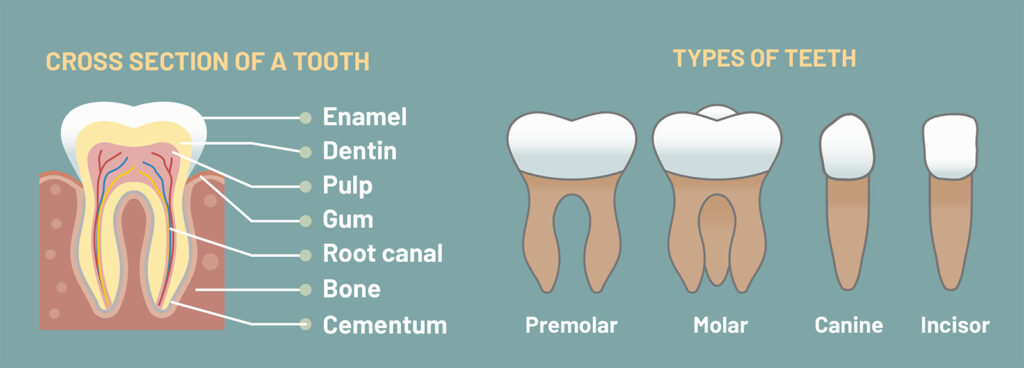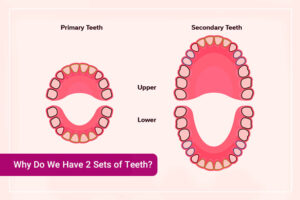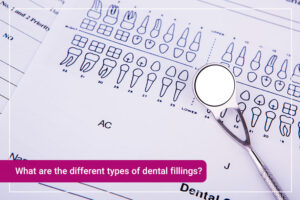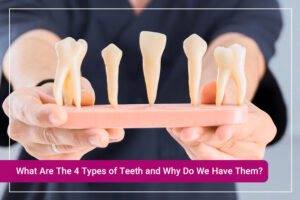By now, we all should know just how important it is to look after our teeth. Afterall, if you lose an adult tooth, sadly there won’t be another that grows in its place.
From as early as I can remember, I was taught how to brush my teeth and eventually, learn to floss. It was drilled into my existence on a daily basis and I never really quite knew why until I became an adult.
Well, today we explore the anatomy of a tooth to give you an idea of what makes up a tooth and how maintaining good dental care and hygiene is necessary.
Let’s start with the different parts of a tooth.
The outermost parts of a tooth
Crown
The crown is the top part of the tooth and is typically the only part you will usually see as you brush and floss your teeth on a daily basis. The shape of the crown will determine the function of that tooth. For instance, your molars are more flattened compared to your front tooth because it’s mainly for grinding down food. Whereas front teeth are sharper and chiseled making them better for biting your food into smaller chunks.
Enamel
The enamel is the outermost layer of the tooth and is the hardest tissue in your body. Its main purpose is to protect your teeth from bacteria penetrating through as well as giving your teeth the strength to withstand pressure when chewing. Unfortunately, despite being the hardest part of the tooth, it can still be damaged by decay if teeth aren’t properly cared for. We recommend you go for regular dental check-ups as dentists will then check your teeth enamel and will be able to come up with a treatment, the most common being a simple filling if it is damaged.
Dentin
The dentin is a mineralised layer in between the enamel and the root and is considered the main bulk of the tooth. It helps protect the teeth from heat and cold and allows for nutrients to be transferred in between layers of the tooth.
Gumline
As it suggests, this is where your tooth meets your gums. The reason why we are told to brush and floss our teeth regularly is because food debris and bacteria can build-up around the gumline, causing plaque and tartar to form. If left untreated, can result in gingivitis and gum disease. This is why it’s so important to maintain good dental health and hygiene.
Below the surface of a tooth
Root
The root of a tooth acts as an anchor for the tooth and allows for blood and nerves to enter the tooth in order to maintain its health. It’s embedded within the bone so you’ll never get to see what it looks like while brushing, but your dentist might have pointed it out to you in an x-ray.
Pulp
The pulp can be found in the innermost part of all teeth and is made up of tiny soft nerve tissue and blood vessels. If tooth decay reaches this part of the tooth you will start to experience some serious pains and is highly recommended to seek medical attention!
Pulp cavity
As the name suggests, it is a tiny space inside the crown that contains all the pulp.
Cementum
Also known as cement, this bone-like material covers the tooth’s root and is connected to the periodontal ligament, which is the part that attaches teeth to the alveolar bone.
Periodontal ligament
The periodontal ligament is made up of connective tissues and collagen fibers and contains both nerves and blood vessels. It essentially attaches the tooth into it’s sockets, known as the alveolar bone.
Alveolar bone
Also known as the jaw bone, is a thickened ridge of bone that contains the tooth sockets that hold your teeth into place. In a case of periodontitis, the bone can slowly resorb due to inflammation.
Now that you know what makes up a tooth, you might be wondering why some look flat, some are sharp and why we have fang-like teeth.

Types of teeth
- We have four different types of teeth, with each type serving a particular purpose for eating and chewing.
- 8 Incisors: The front-most teeth which help you bite and cut up food.
- 4 Canines: These are your fangs! They are pointy and allow you to tear and grasp food.
- 8 Premolars: Located between the canines and the back molars, premolars help you crush and tear your food, and guide it towards the back molars for chewing.
- 12 Molars (including 4 wisdom teeth): Molars are found in the farthest back parts of the mouth and help grind down food.
- Still curious about your teeth? What about finding out why we have two sets of teeth?
Other Frequently Asked Questions about teeth
What are the different parts of the teeth?
A tooth consists of 4 outermost parts, that of which, is the crown, enamel, dentine and gumline. Below the surface of a tooth, you’ll find the root, pulp, pulp cavity, cementum, periodontal ligament and alveolar bone.
What are the three layers of a tooth?
Three layers of the tooth consist of enamel, dentin and cementum. At the centre of the tooth is the pulp, which contains nerves, blood vessels and connective tissue.
What holds a tooth in place?
The root of a tooth acts like an anchor for the tooth, holding it in place to allow blood and nerves to enter the tooth.
How many roots does a tooth have?
- Upper and lower incisors — 1
- Upper and lower canines — 1
- Upper 1st premolars — 2
- Upper 2nd premolars — 1-2
- Upper molars — 3
- Lower molars — 2
- Lower premolars — 1
Are teeth alive?
Yes, your teeth are alive! This can be hard to believe since teeth are hard, but have you ever winced when digging your teeth into an ice cream? That’s because there are nerves, blood vessels and connective tissue at the centre of the tooth, known as the pulp.
What are teeth made of?
Teeth are made up of 4 different types of tissue: enamel, dentin, pulp and cementum.
















